当前位置:
X-MOL 学术
›
Annu. Rev. Astron. Astrophys.
›
论文详情
Our official English website, www.x-mol.net, welcomes your
feedback! (Note: you will need to create a separate account there.)
Photometric Redshifts for Next-Generation Surveys
Annual Review of Astronomy and Astrophysics ( IF 32.5 ) Pub Date : 2022-06-02 , DOI: 10.1146/annurev-astro-032122-014611 Jeffrey A. Newman , Daniel Gruen
Annual Review of Astronomy and Astrophysics ( IF 32.5 ) Pub Date : 2022-06-02 , DOI: 10.1146/annurev-astro-032122-014611 Jeffrey A. Newman , Daniel Gruen
Photometric redshifts are essential in studies of both galaxy evolution and cosmology, as they enable analyses of objects too numerous or faint for spectroscopy. The Rubin Observatory, Euclid, and Roman Space Telescope will soon provide a new generation of imaging surveys with unprecedented area coverage, wavelength range, and depth. To take full advantage of these data sets, further progress in photometric redshift methods is needed. In this review, we focus on the greatest common challenges and prospects for improvement in applications of photometric redshifts to the next generation of surveys: ▪ Gains in performance (i.e., the precision of redshift estimates for individual galaxies) could greatly enhance studies of galaxy evolution and some probes of cosmology. ▪ Improvements in characterization (i.e., the accurate recovery of redshift distributions of galaxies in the presence of uncertainty on individual redshifts) are urgently needed for cosmological measurements with next-generation surveys.To achieve both of these goals, improvements in the scope and treatment of the samples of spectroscopic redshifts that make high-fidelity photometric redshifts possible will also be needed. For the full potential of the next generation of surveys to be reached, the characterization of redshift distributions must improve by roughly an order of magnitude compared with the current state of the art, requiring progress on a wide variety of fronts. We conclude by presenting a speculative evaluation of how photometric redshift methods and the collection of the necessary spectroscopic samples may improve by the time near-future surveys are completed.
中文翻译:

用于下一代调查的光度红移
光度红移对于星系演化和宇宙学的研究至关重要,因为它们能够分析数量过多或微弱而无法进行光谱学的物体。鲁宾天文台、欧几里得和罗马太空望远镜将很快提供具有前所未有的区域覆盖范围、波长范围和深度的新一代成像测量。为了充分利用这些数据集,需要在光度红移方法方面取得进一步进展。在这篇综述中,我们重点关注光度红移在下一代巡天中的应用的最大共同挑战和改进前景:▪性能的提高(即单个星系的红移估计的精度)可以极大地加强对星系演化的研究和一些宇宙学探测器。▪ 下一代巡天的宇宙学测量迫切需要改进表征(即在单个红移存在不确定性的情况下准确恢复星系的红移分布)。为了实现这两个目标,还需要改进光谱红移样品的范围和处理,使高保真光度红移成为可能。为了充分发挥下一代巡天的潜力,与当前技术水平相比,红移分布的表征必须提高大约一个数量级,这需要在各个方面取得进展。最后,我们对光度红移方法和必要光谱样品的收集在不久的将来完成调查时如何改进进行了推测性评估。
更新日期:2022-06-02
中文翻译:

用于下一代调查的光度红移
光度红移对于星系演化和宇宙学的研究至关重要,因为它们能够分析数量过多或微弱而无法进行光谱学的物体。鲁宾天文台、欧几里得和罗马太空望远镜将很快提供具有前所未有的区域覆盖范围、波长范围和深度的新一代成像测量。为了充分利用这些数据集,需要在光度红移方法方面取得进一步进展。在这篇综述中,我们重点关注光度红移在下一代巡天中的应用的最大共同挑战和改进前景:▪性能的提高(即单个星系的红移估计的精度)可以极大地加强对星系演化的研究和一些宇宙学探测器。▪ 下一代巡天的宇宙学测量迫切需要改进表征(即在单个红移存在不确定性的情况下准确恢复星系的红移分布)。为了实现这两个目标,还需要改进光谱红移样品的范围和处理,使高保真光度红移成为可能。为了充分发挥下一代巡天的潜力,与当前技术水平相比,红移分布的表征必须提高大约一个数量级,这需要在各个方面取得进展。最后,我们对光度红移方法和必要光谱样品的收集在不久的将来完成调查时如何改进进行了推测性评估。







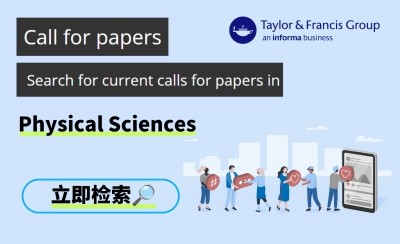

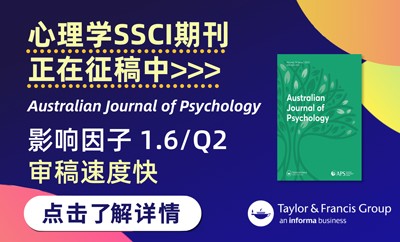
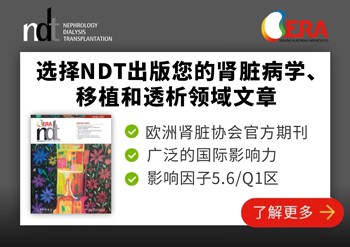










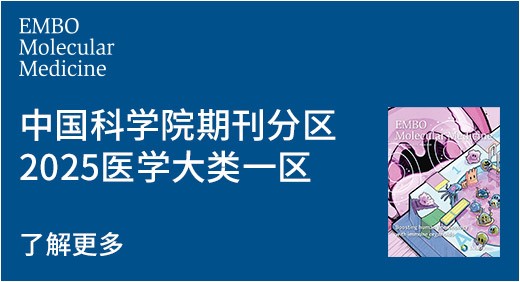
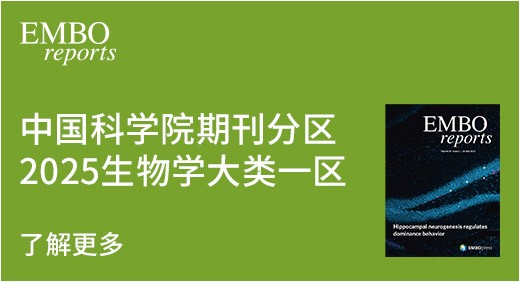




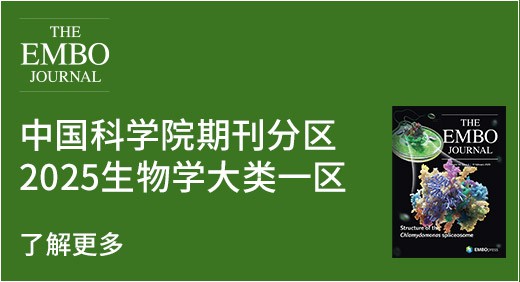



























 京公网安备 11010802027423号
京公网安备 11010802027423号